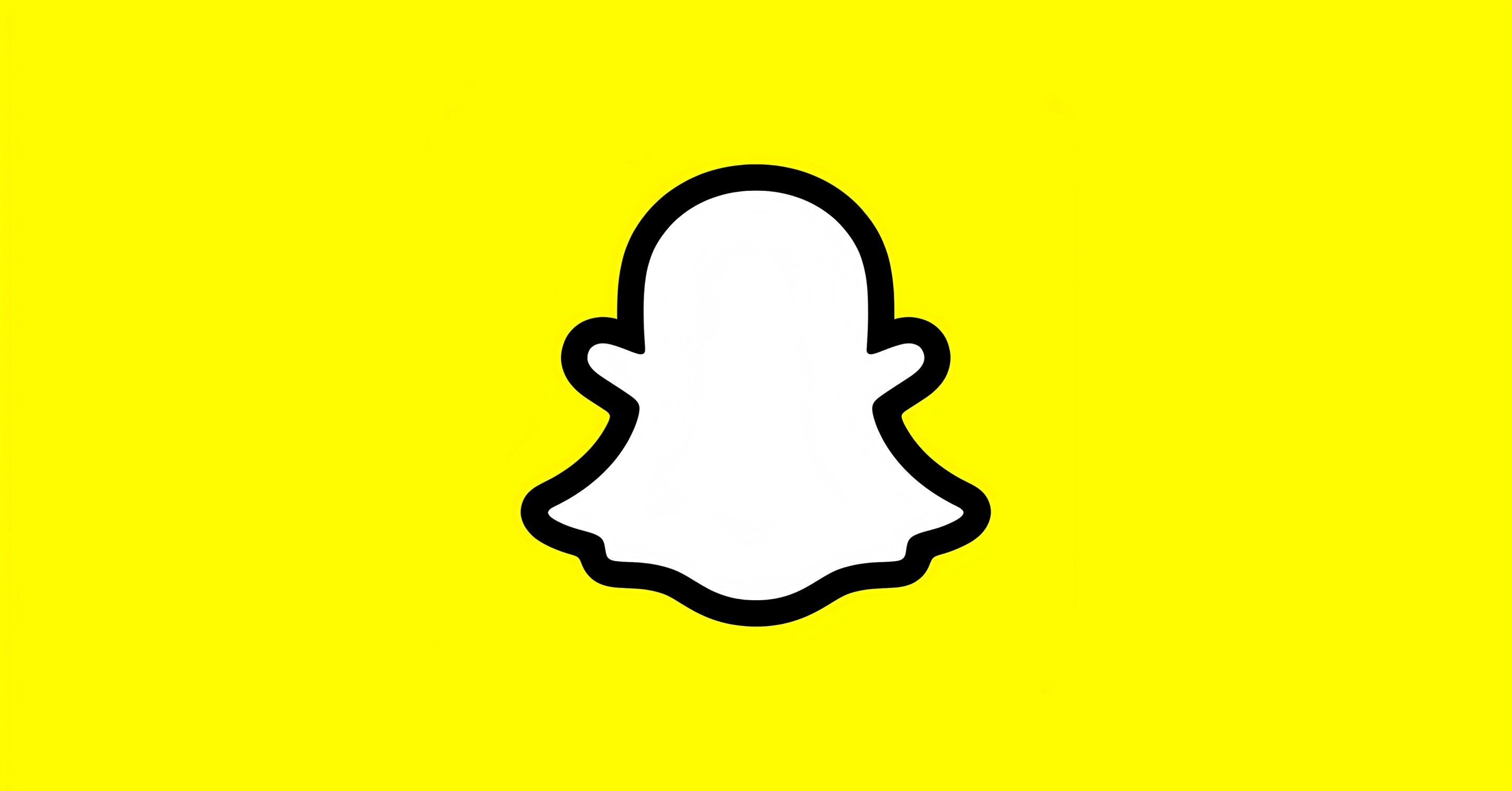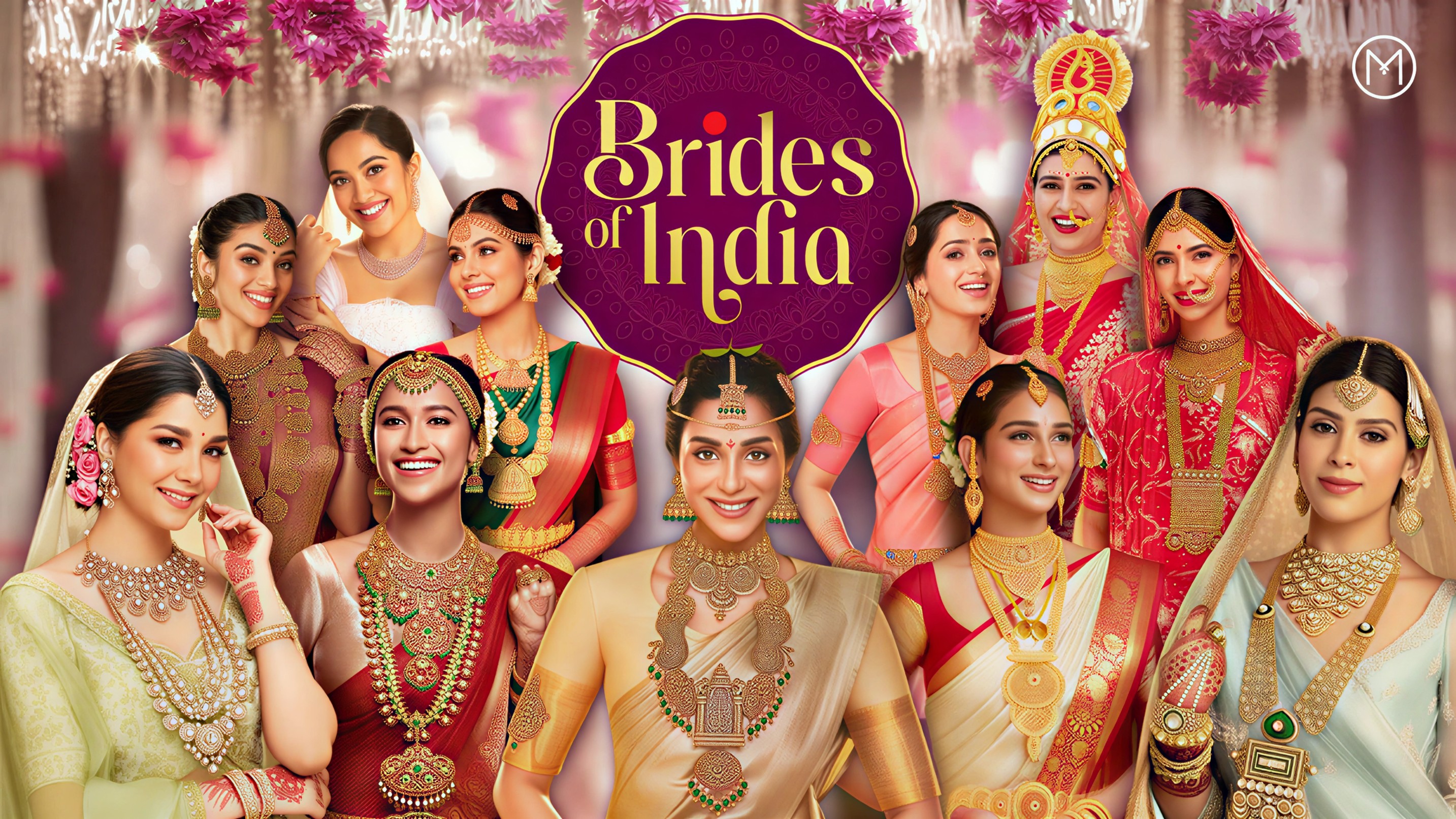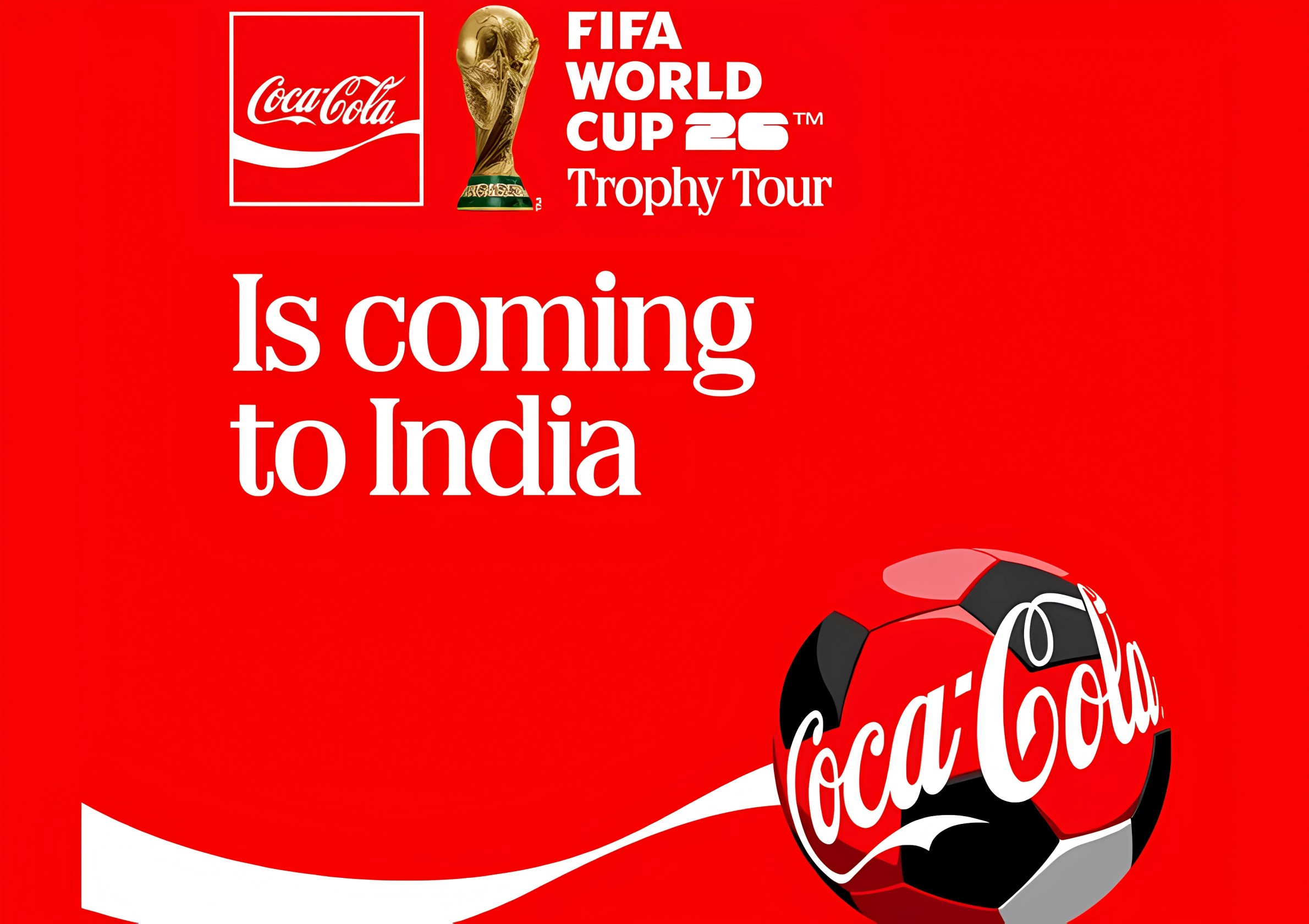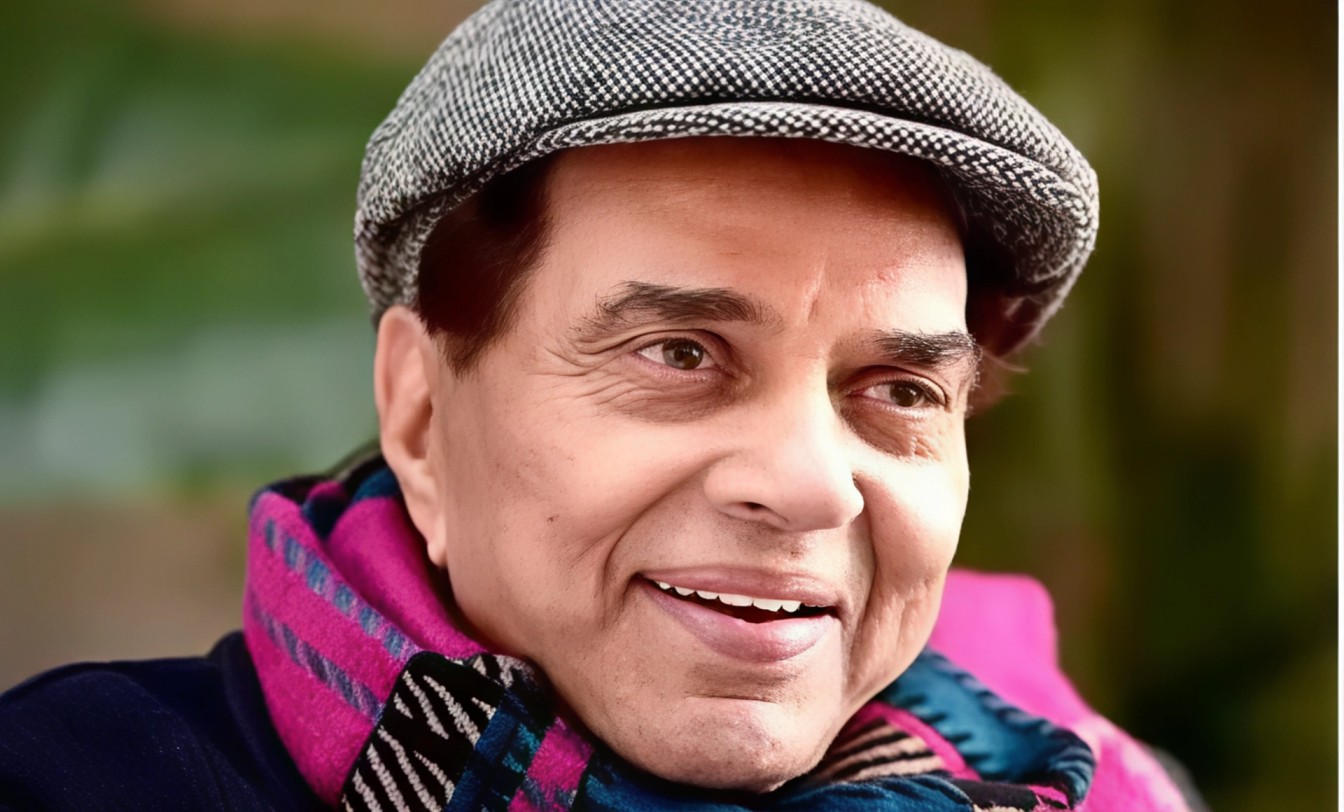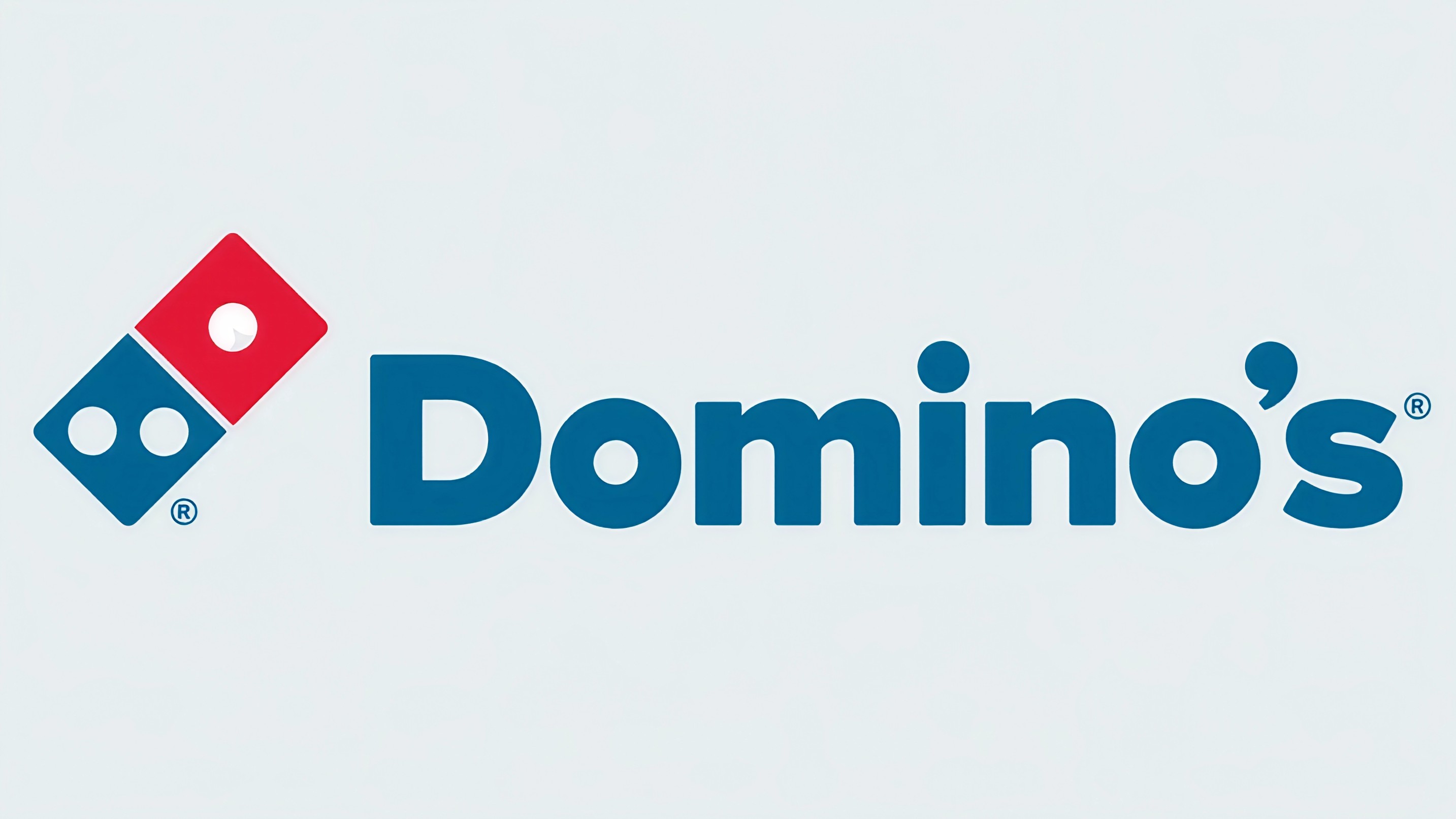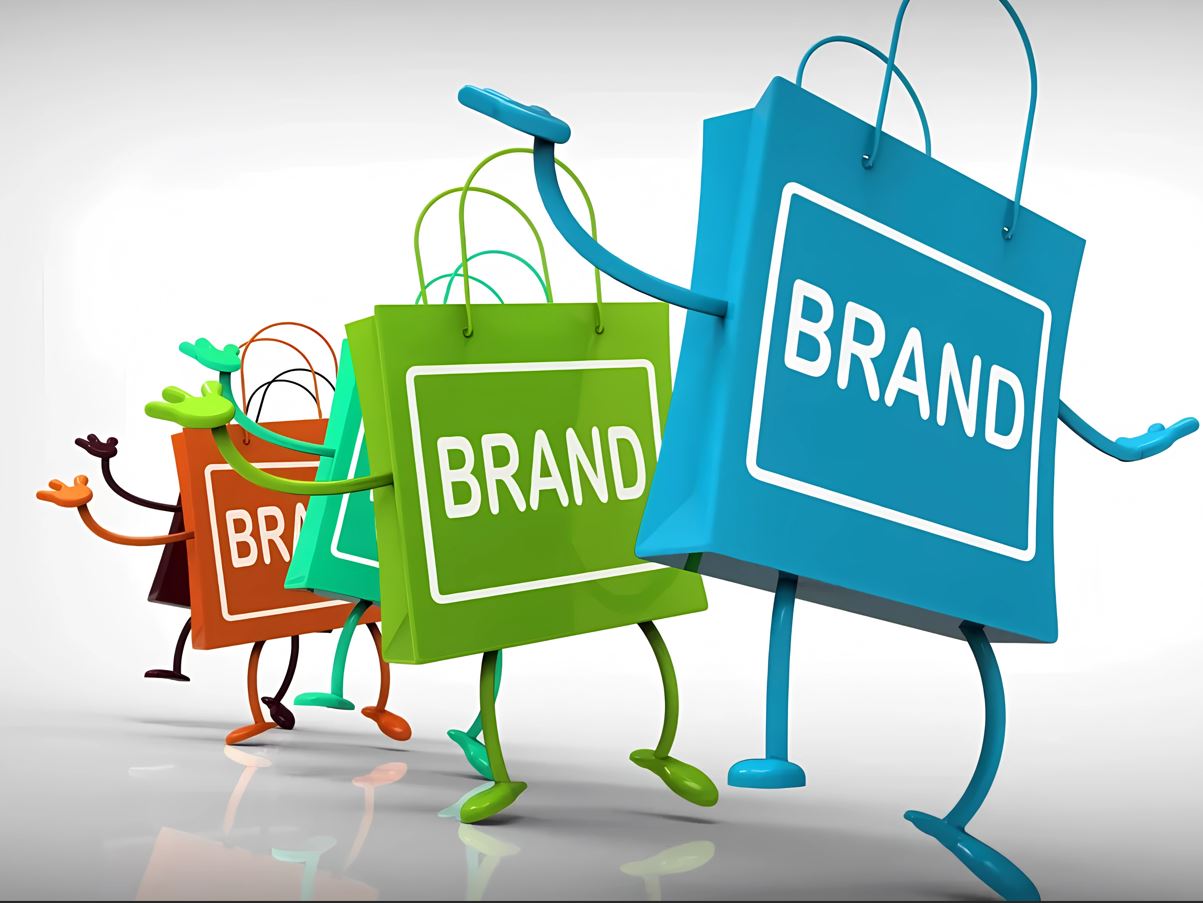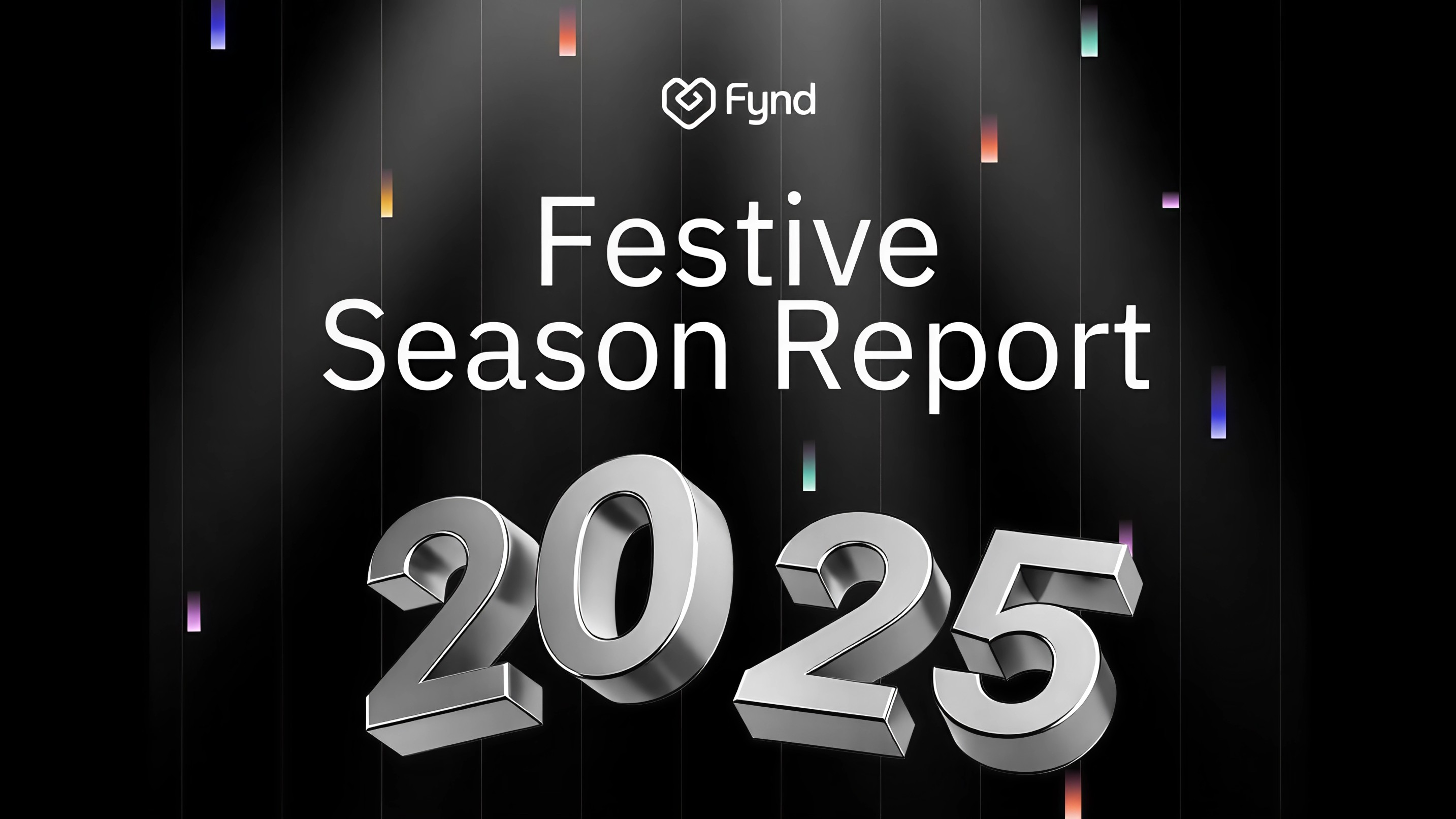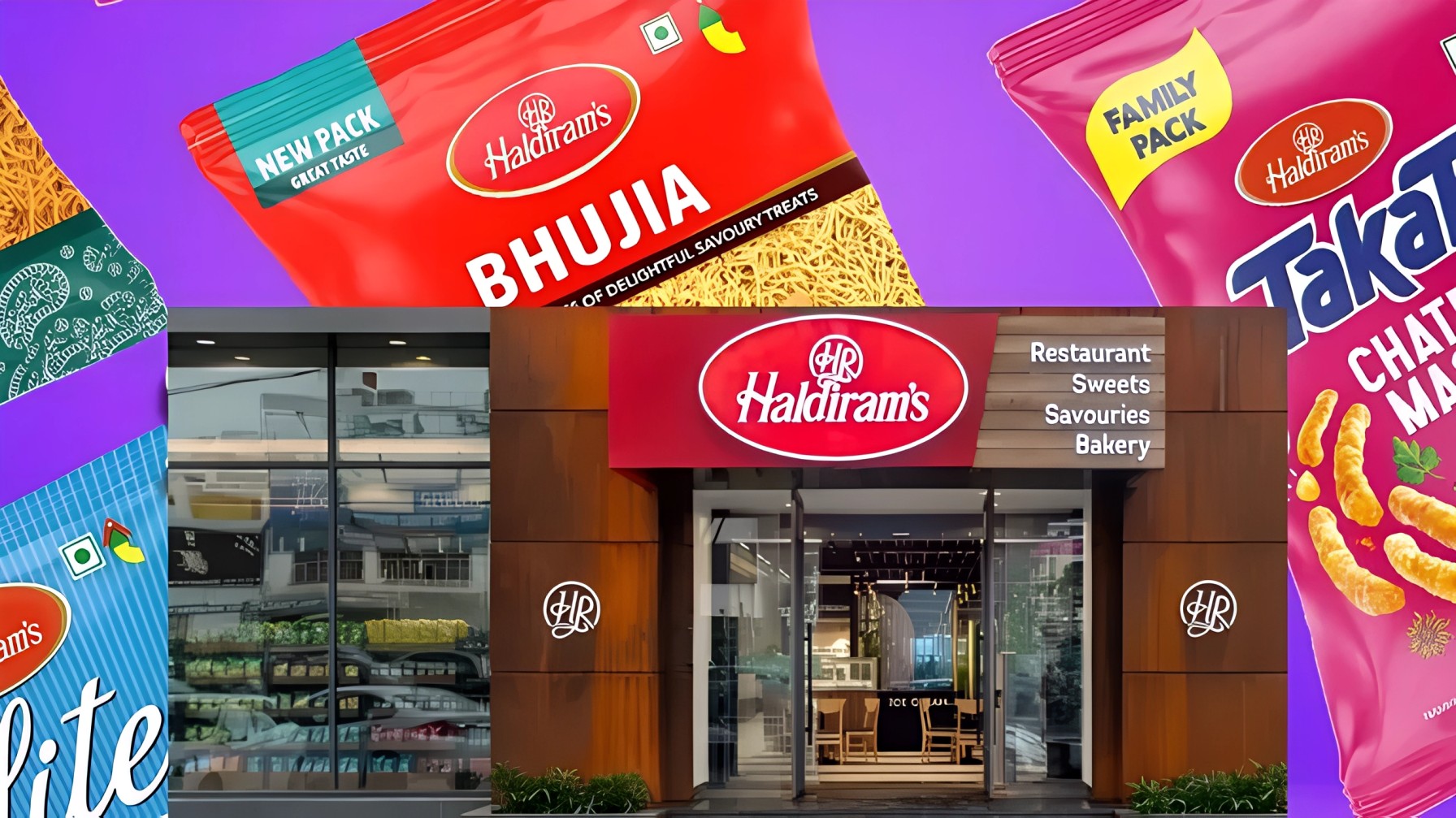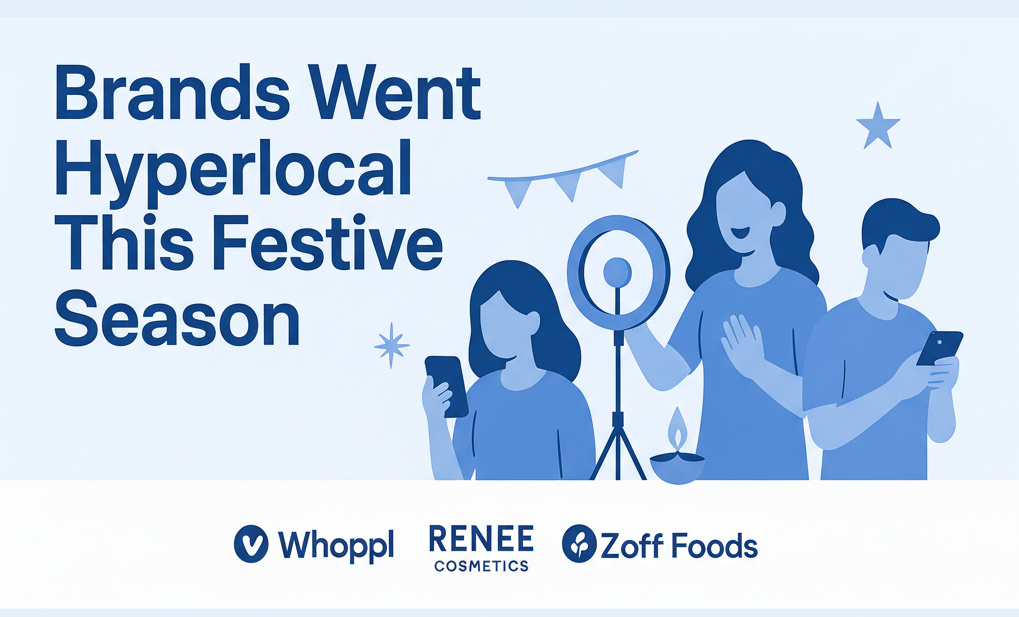F1’s fanbase is transforming, with the influence of the ‘Netflix effect’ being just one part of the equation.
Since its debut in 2019, “Formula 1: Drive to Survive” has often been hailed for various successes, from aiding F1’s penetration into the U.S. market to revitalising interest in the sport itself. However, attributing all of F1’s shifts to Netflix oversimplifies the broader changes occurring in fan engagement.
Netflix Effect in F1

Image: SportsProMedia
While proponents of the “Netflix effect” highlight a 2022 poll indicating a surge in American F1 fans, translating this surge into actual viewership is more complex. Despite the show’s popularity, race viewership remains modest compared to other motorsports in the U.S., indicating that the direct impact of "Drive to Survive" may be overstated. Nielsen's analysis suggests that while the show did attract new viewers to specific races, its overall influence on F1 viewership is less significant than headlines suggest.
Nevertheless, the show has played a pivotal role in cultivating interest in F1 among a diverse audience, including more women and culturally diverse fans. This diversification of the fanbase has been further propelled by content creators and influencers who have leveraged social media platforms to engage new fans and provide fresh perspectives on the sport.
ADVERTISEMENT
Impact of Network Effects
While Netflix initiated this shift, content creators have since taken the lead, with platforms like YouTube playing a crucial role in attracting audiences through team radio clips, race highlights, and historical documentaries. Liberty Media, F1’s owner, has facilitated this trend by relaxing licensing restrictions, allowing drivers and teams to share content on social media, thereby bridging the gap between traditional media and digital platforms.
As F1 expands its global reach, particularly in markets like China, social media becomes increasingly vital. By aligning its social media strategy with its global calendar and collaborating with influencers, F1 aims to deepen its engagement with fans worldwide.
Growth of F1 Fanbase
Sustaining this growth while balancing the interests of traditional and new fans presents a challenge. F1 must navigate this landscape carefully to ensure continued success, recognizing the value of both Netflix and social media in shaping the sport’s future.
As of April 2024, Formula 1 (F1) has seen a significant increase in female fans, with around 40% of its fanbase being women, a notable rise from just 8% in 2017. The average age of an F1 fan is now 32, reflecting a diverse age demographic, and the fanbase is becoming increasingly culturally diverse.
ADVERTISEMENT
Despite this progress in fan diversity, gender representation within the sport itself remains a challenge. Out of the 772 drivers who have ever raced in F1, only two have been women, and the last female driver competed almost 50 years ago. Additionally, women constitute a mere 6.1% of the Grand Prix workforce and a mere 0.25% of drivers, indicating a significant gender disparity within the sport's professional ranks.
How can Brands Amplify the F1 Craze?
Women, particularly those aged between 12 and 35, are emerging as a significant consumer group with substantial influence. This demographic segment possesses both the time and financial resources to shape household consumption patterns and preferences. The popularity of figures like Taylor Swift and the proliferation of cosmetic brands tailored to this demographic underscore their impact on consumer trends.
In recent years, the market has witnessed a surge in products targeting women within this age range. From makeup and skincare to fashion and entertainment, businesses are increasingly tailoring their offerings to cater to the preferences and lifestyles of young female consumers. This demographic's purchasing power and cultural influence are driving forces behind the emergence of new products and trends in various industries.
This is how brands can leverage F1. Bring about collaborations that involve women. Make them stars of your campaign- but hey, bring an F1 driver or two to change the game. Recently, Charlotte Tilbury, a make-up brand collaborated with F1 Academy to promote women drivers.
ADVERTISEMENT

Image Source: F1 Academy



